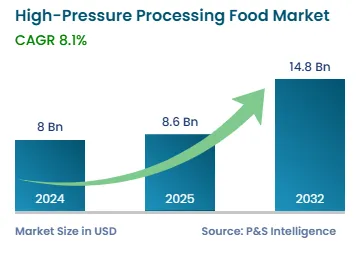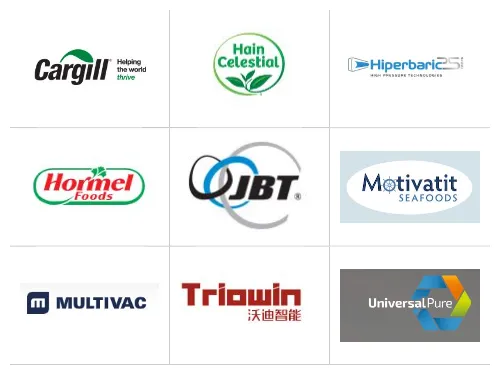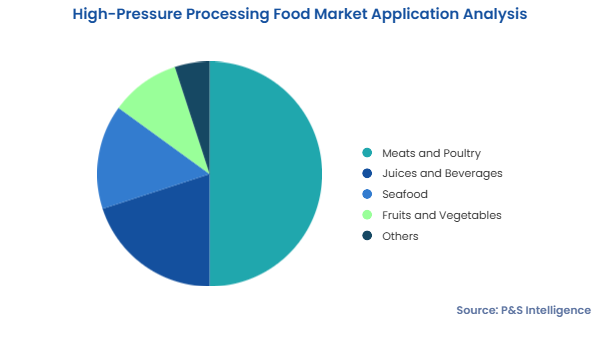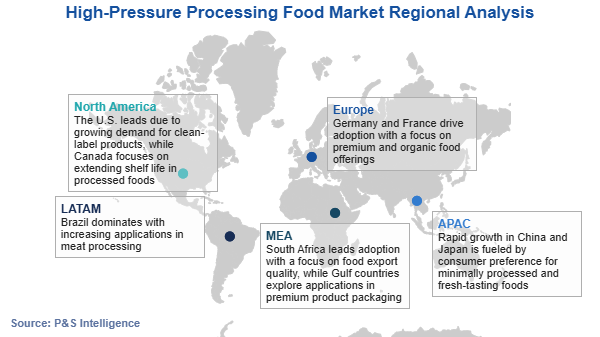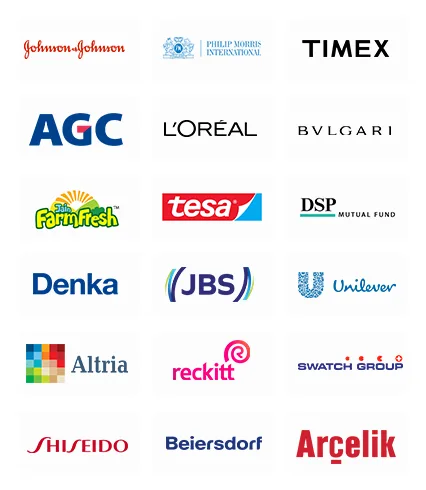High-Pressure Processing Food Market Future Prospects
The global high-pressure processing (HPP) food market revenue is estimated to rise from USD 8.0 billion in 2025 to USD 14.8 billion in 2032, at a CAGR of 8.1% from 2025 to 2032. HPP is an advanced food preservation method that incapacitates pathogens, including Salmonella, Vibrio, Listeria, norovirus, coliforms, and lactic acid bacteria; and enzymes, using high pressures, without requiring chemical preservation and high temperatures. This technique preserves and sterilizes food products to extend their shelf life, by preventing spoilage. This, in turn, prevents food-borne diseases, many of which can be deadly.
It not only safeguards the food but also retains the taste, appearance, odor, and nutritional attributes of fresh products. The fact that this technology utilizes water and high pressures makes it both naturally and environmentally viable for food processing.
Owing to the multiple benefits it offers, which include extended shelf life of food products, it could better help ensure food security for an ever-rising population. Additionally, the rapid industrialization and urbanization have made the lives of individuals fast-paced, driving the demand for convenience, ready-to-eat, and ultra-processed food.
Simultaneously, there is a growing inclination toward healthy food products that retain their quality over a longer duration without any chemical, additive, and harmful processing method. As per an article in Business Standard, every year, there are over 600 million cases of food-borne illnesses around the globe. Safeguarding public health has therefore become a top priority, hence driving the usage of HPP methods.
As HPP improves the quality of food using environmentally responsible practices, its usage for meats, pet food, seafood, and plant-based products continues to boom
